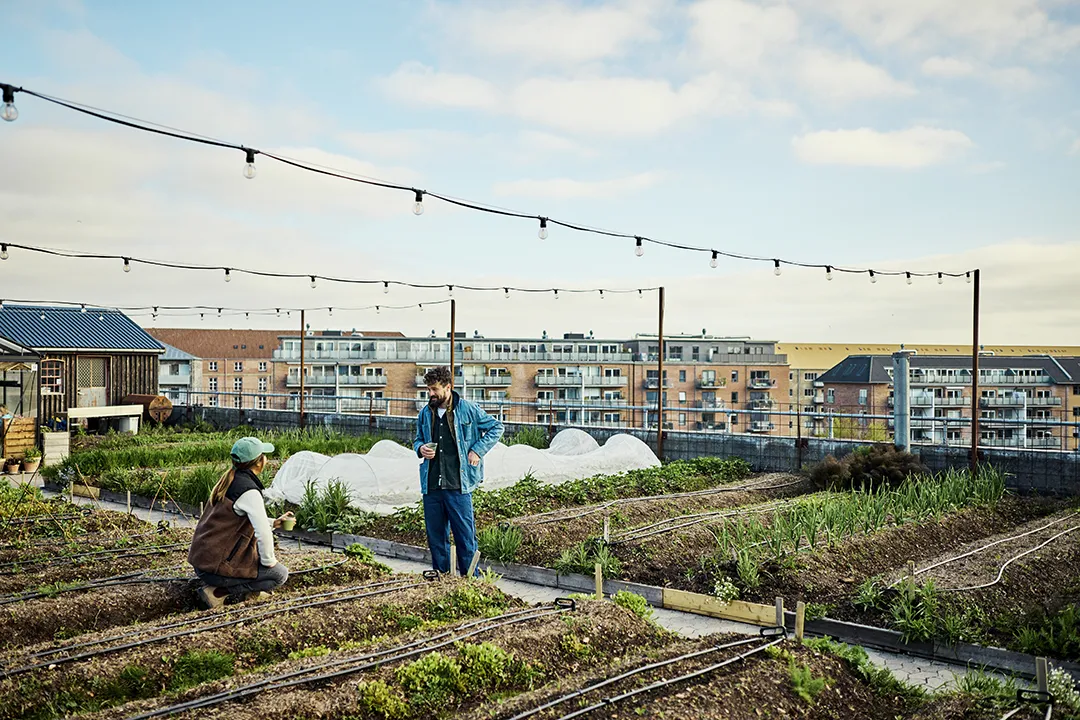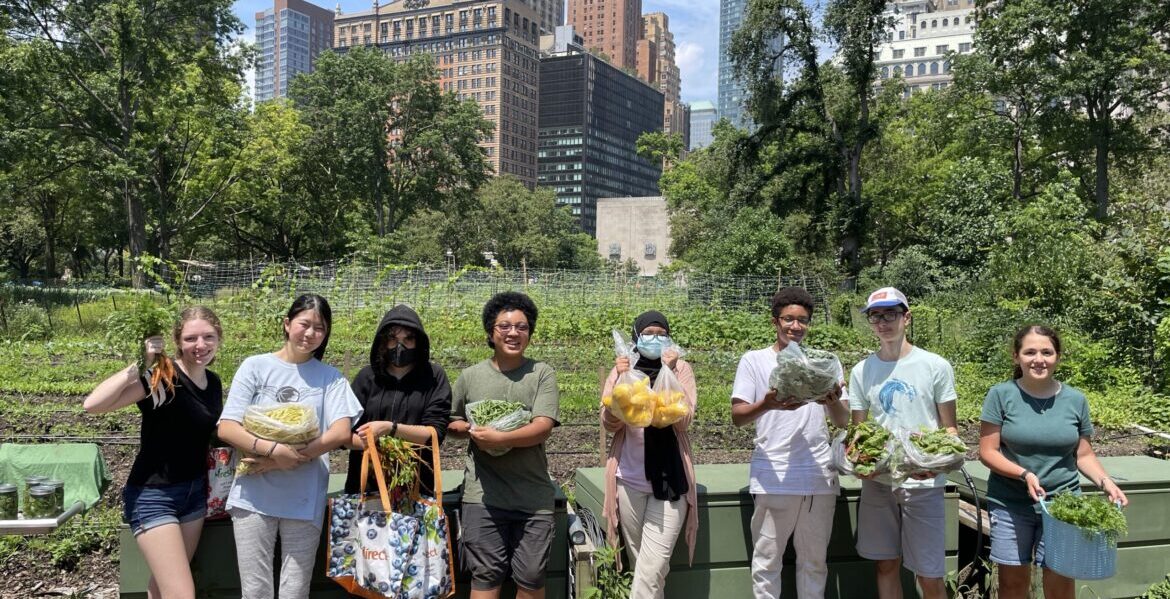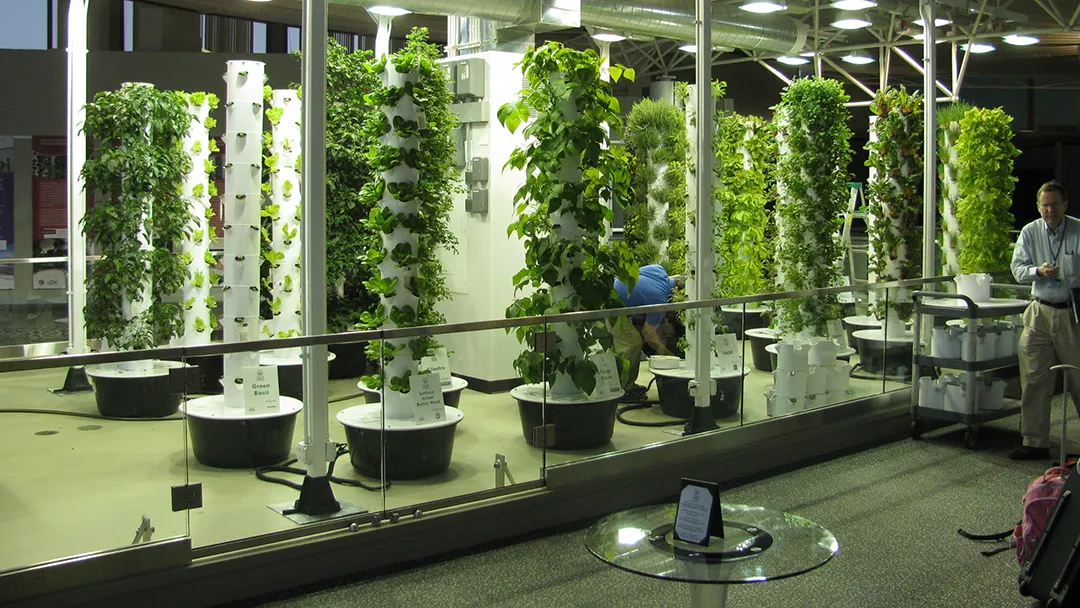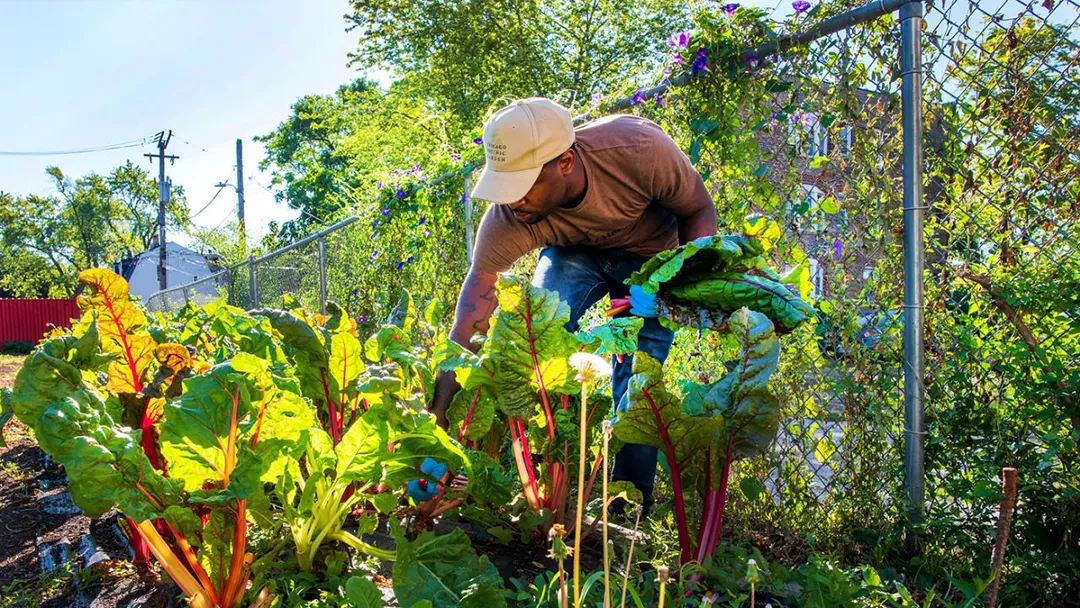
Designing sustainable cities with nature in mind
Permaculture and biophilic design are transforming urban spaces into thriving ecosystems. These two approaches share a vision of reconnecting people with nature, emphasizing sustainability, regeneration, and well-being.
While permaculture focuses on creating sustainable systems that mimic natural ecosystems, biophilic design brings those principles into our built environments—creating spaces that promote health and harmony by incorporating living plants, natural materials, and organic patterns.
At Plant Solutions, we specialize in biophilic design, turning indoor spaces into vibrant, nature-inspired sanctuaries. By incorporating permaculture principles, we can extend this vision to outdoor urban spaces, helping cities thrive sustainably.
What Is Permaculture?
Permaculture is a design philosophy rooted in sustainability, regeneration, and the efficient use of resources. It focuses on creating self-sustaining systems for food production, waste management, and biodiversity that mirror natural ecosystems.
Key principles of permaculture include:
- Earth Care: Nurturing the soil, water, and environment.
- People Care: Supporting community health and well-being.
- Fair Share: Equitably distributing resources and sharing surplus.
What Is Biophilic Design?
Biophilic design focuses on integrating natural elements into architecture and interiors to foster a deeper connection to the natural world. It’s about creating environments that feel alive, enriching, and restorative.
Core aspects of biophilic design:
- Living Plants: Incorporating greenery to enhance air quality and mental well-being.
- Natural Materials: Using textures, patterns, and materials that evoke the outdoors.
- Wellness-Focused Spaces: Creating areas that reduce stress and encourage calm.
Examples of urban projects combining permaculture and biophilia

The Battery Urban Farm, New York City
The Battery Urban Farm doubles as a natural retreat for urban residents, blending functionality with beauty. Its wild turkey mascot, Zelda, adds a touch of wildlife to the ecosystem, deepening the connection between people and nature.

Tower Garden at O’Hare International Airport, Chicago
Situated in a bustling airport terminal, the garden provides a green escape for travelers. Its innovative design highlights how nature can enhance even the most industrial spaces.

Chicago Botanic Garden’s Windy City Harvest Corps
The Windy City Harvest Corps garden fosters healing and rehabilitation by reconnecting participants with nature, reinforcing biophilia’s restorative effects.
Permaculture and Biophilia: A Synergistic Approach
Permaculture and biophilic design share common ground in their emphasis on:
- Regeneration: Restoring ecosystems and enriching human well-being.
- Resilience: Designing spaces that thrive in balance with their environment.
- Resource Efficiency: Using water, energy, and materials wisely.
For example, a rooftop garden inspired by permaculture principles can also serve as a biophilic space, offering urban residents a peaceful retreat amidst greenery while producing fresh, local food.
Plant Solutions: Merging Nature and Design
At Plant Solutions, we bring these principles to life by:
- Creating Living Walls and Interiorscapes: These installations mirror permaculture’s closed-loop systems by incorporating sustainable watering techniques and air-purifying plants.
- Enhancing Indoor Wellness: Our designs integrate greenery to improve mental health and productivity, reinforcing the biophilic connection.
- Inspiring Sustainability: By selecting plants that thrive in Phoenix’s unique climate, we reduce resource use while maximizing environmental benefits.
Urban Agriculture: A Path to Biophilic Cities
From rooftop farms to community food forests, urban agriculture demonstrates the power of combining permaculture and biophilic design to create healthier cities. These spaces not only provide food but also foster biodiversity, reduce stress, and enhance the aesthetic appeal of urban environments.
The examples in New York and Chicago show how vacant lots and industrial spaces can be transformed into thriving ecosystems that benefit both people and the planet.
Incorporate Permaculture Design into Your Projects!
Explore our resources to help Designers and Architects integrate biophilic design principles into their work.
